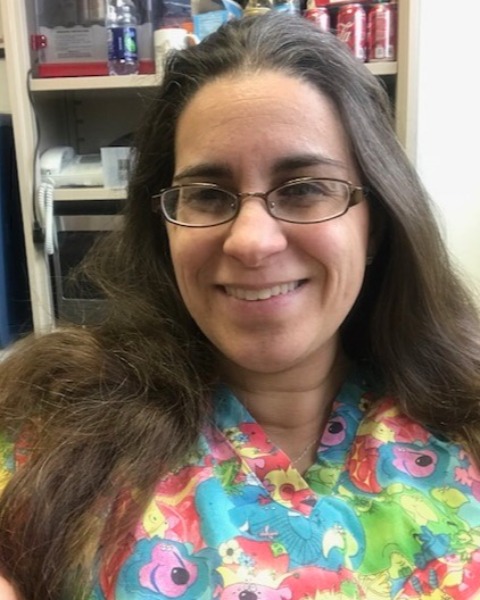Back
abs: Alpaca Anatomy for Fracture Repair and Nerve Blocks
Large Animal
abs: Alpaca Anatomy for Fracture Repair and Nerve Blocks
Cutting Edge Advancements in Farm Animal Surgery
Friday, October 14, 2022
11:45am – 12:00pm
Location: C126

Jane M. Manfredi, DVM, MS, PhD, DACVS-LA, DACVSMR (Eq)
Assistant Professor
Michigan State University College of Veterinary Medicine
East Lansing, Michigan
Abstract Presenter(s)
Alpacas frequently experience musculoskeletal injury, but clinically relevant alpaca specific anatomy for approaches to fracture repair and perineural lameness localization is lacking. Use of equine or bovine approaches could be inappropriate. We hypothesized that alpaca anatomy would share anatomical features of both the horse and cow. CT scans, dissection and surgical approaches to long bones were performed on three alpaca cadavers. Muscles, vessels and nerves were documented and compared to anatomic textbooks for horses and cattle. Medical illustrations with accompanying photographs were created for both the alpaca anatomy and step-by-step surgical approaches for specific long bone fracture repairs. Long bone fracture approaches were described in detail as were locations of nerves and vessels. Different from both the horse and cow, the alpaca middle gluteal muscle is partially split distally and has a fascial insertion on the medial aspect of the biceps femoris. The sciatic nerve is at a greater distance from the femoral head and neck versus other species. The vasculature for the distal limbs primarily comes from vessels at the caudal aspect of the limb and the dorsal metacarpal/tarsal veins used for bovine Bier blocks was not present in the alpaca. The ulna’s caudal surface was narrower than the horse limiting the plates that could be used. Study limitations include the use of cadavers without inclusion of fracture repairs or nerve blocks in live animals. The clinically applicable results of this study will guide approaches to long bone fracture repair and perineural analgesia of alpacas.
